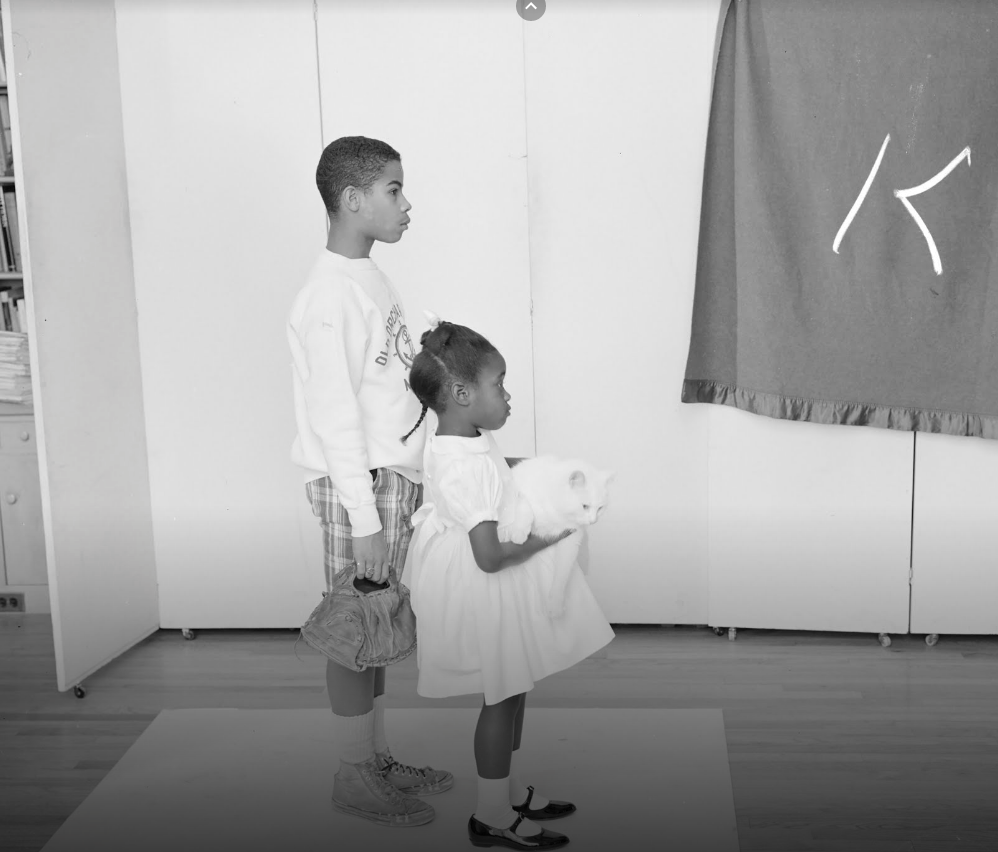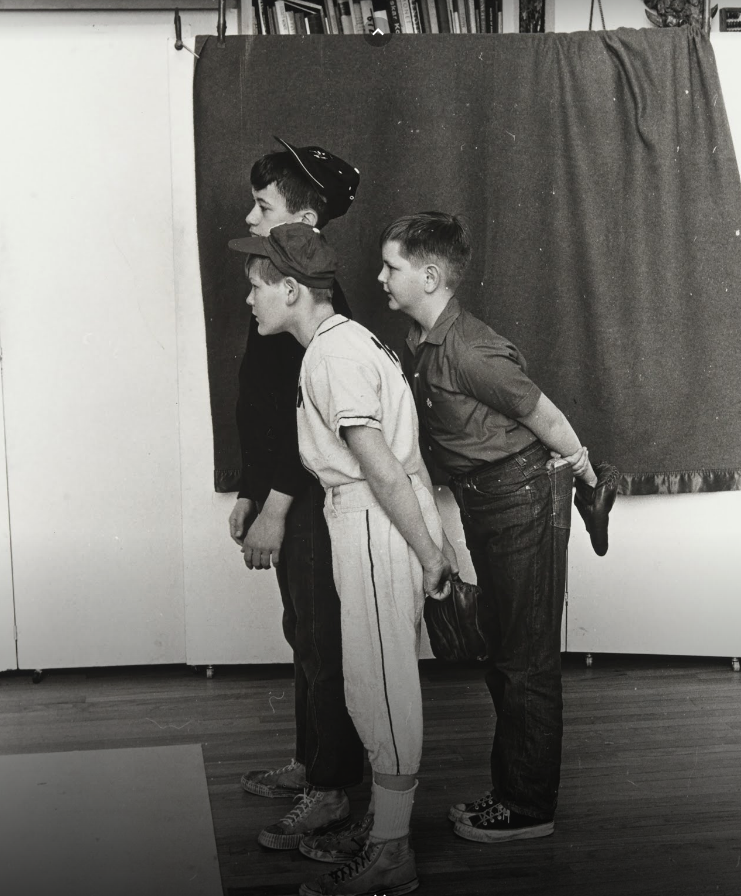by Mei Seva
I picked up a camera at an early age, and by the age of 14, I carried it by my side at all times. Despite loving photography, I always had an interest in other art mediums. Taking advantage of an experimental education thanks to Hampshire College, I took classes in sculpture, collage, printmaking, film/video (including shooting and developing with an actual Bolex camera!).
While dappling in different mediums, I stayed away from painting. I was too intimidated by it. I can’t paint, I thought. That’s for “real artists”, you know, the ones that can paint realistically, I told myself.
Multiple years later, I decided to quit my advocacy non-profit job after being disillusioned with politics following the chaos of the 2020 election. I had free time, and I had spare paint, and so I decided to paint. Why not? I was especially inspired to learn that Van Gogh didn't start painting until he was 27 — a fact that would shock most familiar with his work.
Little did I know I would quickly fall in love with painting and all it had to offer. And little did I understand the longstanding connection between the two mediums.
“According to some historical hypotheses, that relationship started a long-time ago in the paleolithic era of our kind; but not precisely as an intentional occurrence. Thanks to some archeo-optical experiments made by Matt Gatton, it is accepted that some optical effects can take place during specific moments of the day thanks to light passing through random tiny holes in tents and caves, producing something we now know as “camera obscura”. And it was through these light-borne images, that humanity was first introduced to the possibility of representations, the same which later inspired paleolithic visual depictions in caves.”
When photography was first developed in 1826, the artist Paul Delaroche famously declared, “Painting is dead.”
The next few decades would result in a struggle between the two mediums. In 1842, a magazine writer noted that "the artist cannot compete with the minute accuracy of the Daguerreotype." By 1859, essayist Charles Baudelaire was denouncing photography as "the mortal enemy of art."
But this competition between the two mediums ultimately freed painters from the ever-nagging quest of realism. It gave artists more opportunities to let loose and experiment. After all, why attempt at realism when a camera could capture a scene more realistically than a painting ever could? This freedom resulted in the art world moving away from realism and shifting towards impressionism, dadaism, abstractionism, etc.
In later decades, the pendulum swung the other way perhaps, and so we've seen many painters shift towards a style known as "photorealism” — which uses the incredible detail of the photographic image as a reference for intensely realistic and detailed paintings.
Photographs have long served as reference images for many painters (myself included). While plen air painting (direct observation) is still widely known to provide a better understanding of colors and depth for artists, reference photographs are essential tools painters use to mimic light conditions and to measure correct proportions, both of which are essential in figurative painting.
Take famous painter Norman Rockwell. He frequently constructed “sets” in his studio and had a photographer take pictures for him to use as reference later.
Degas’ reference photograph for his painting Blue Dancers.
Paul Gauguin, during his second stay in Tahiti, used photographs of models to create his paintings.
(It's essential to note that reference photos, most of the time, except in the case of photorealism, serve solely as jumping off points for many artists. Painters frequently adapt images, change colors, combine multiple images into one, and more to fulfill the artistic vision in their head.)
And yet many artists, especially 19th and 20th century artists, did not admit to using photographs to create paintings – it is extremely rare to find even a mention of photography in relation to their work. This has changed as photographs have become a more vital and accepted part of the artistic process.
Photography and painting are forever interconnected. No longer are artists tied to the limitations of what we can perceive in the natural world. Photography has allowed for the unleashing of artists' imaginations and revolutionized all of art. And artistically, the two mediums share many similarities. Both use the ideas of composition, color, subject, and form to create a visually compelling, 2d image. They are like long-lost fraternal twins, forever separated, but undeniably similar once you look closer.
Mei Seva
Creative Director + Studio Manager
Ed Kashi Studio





